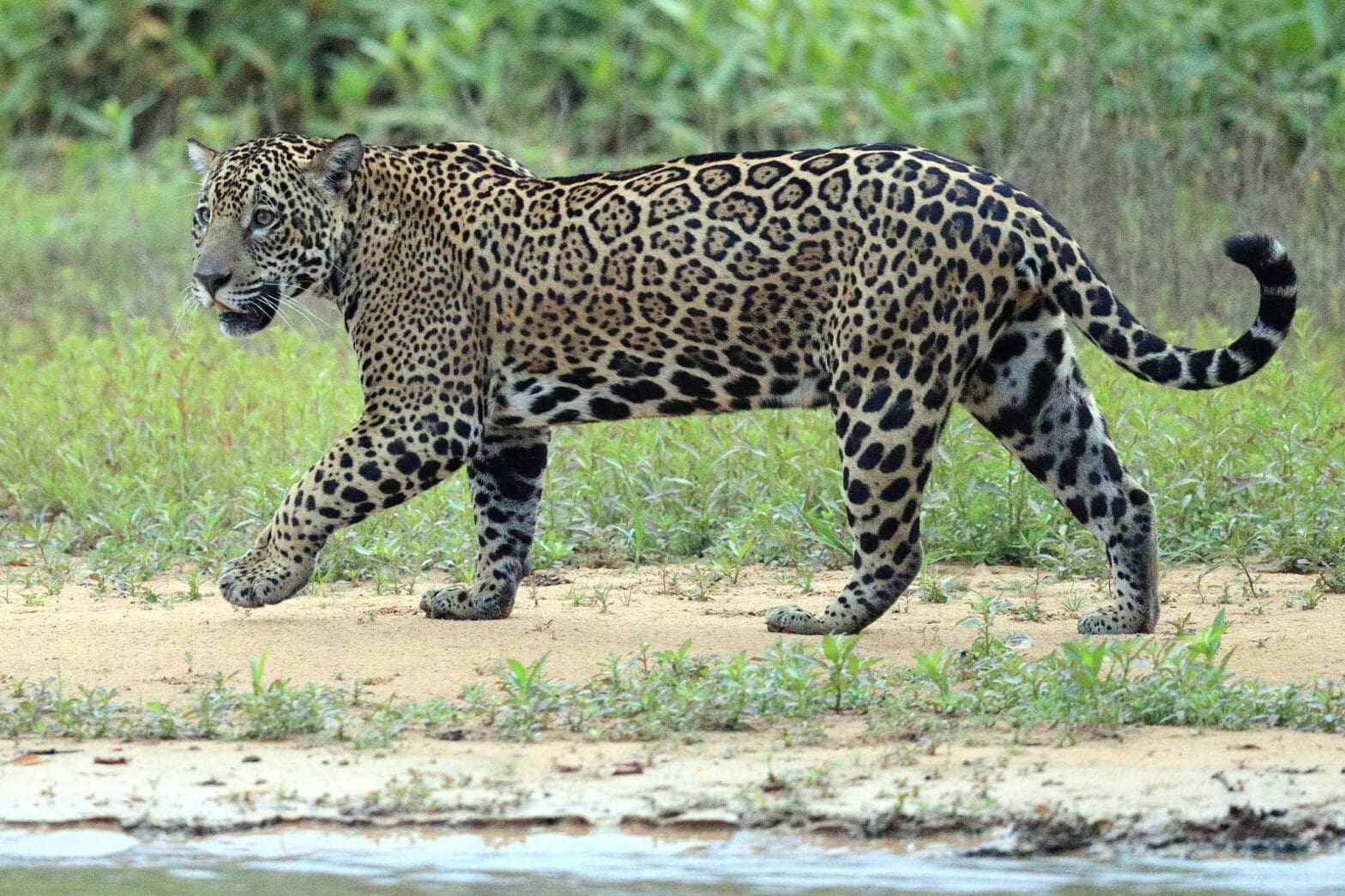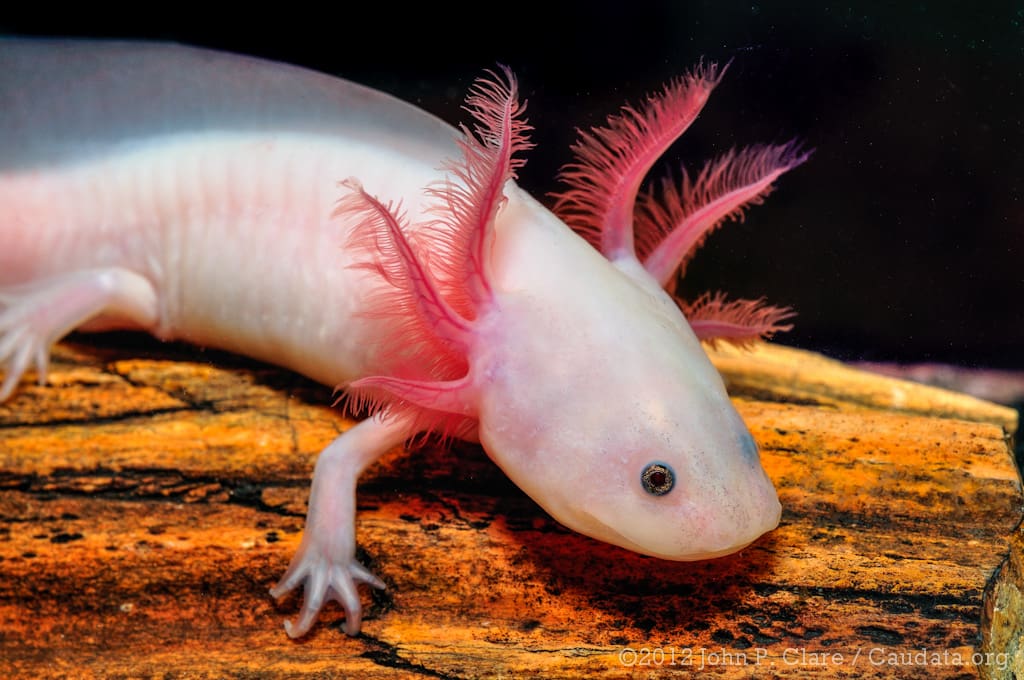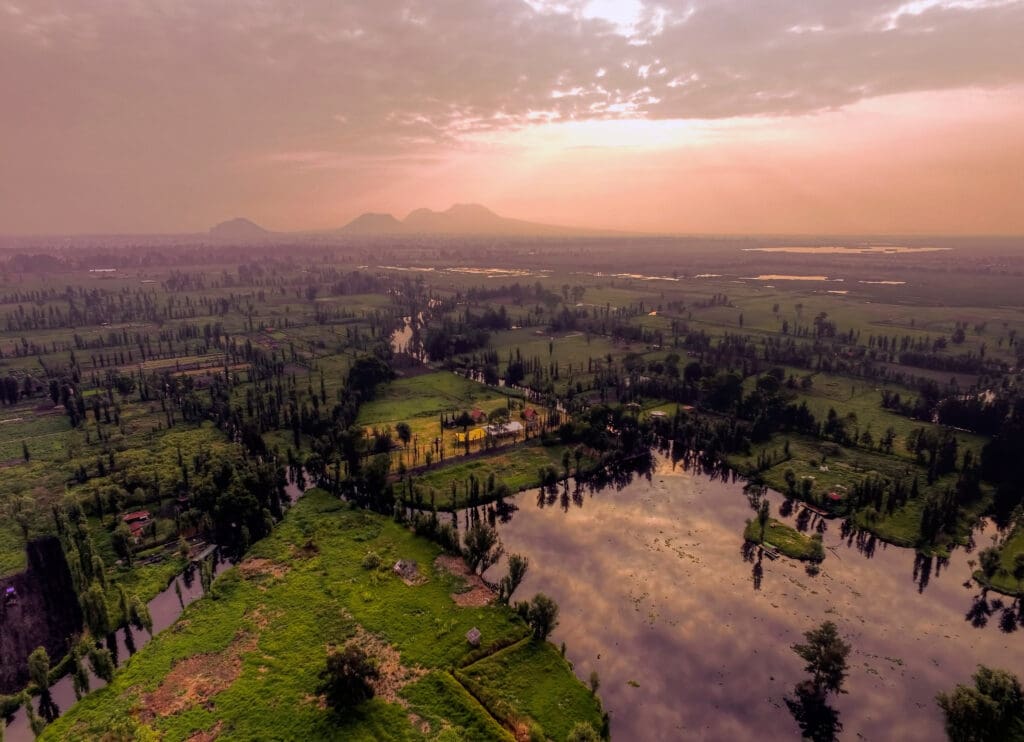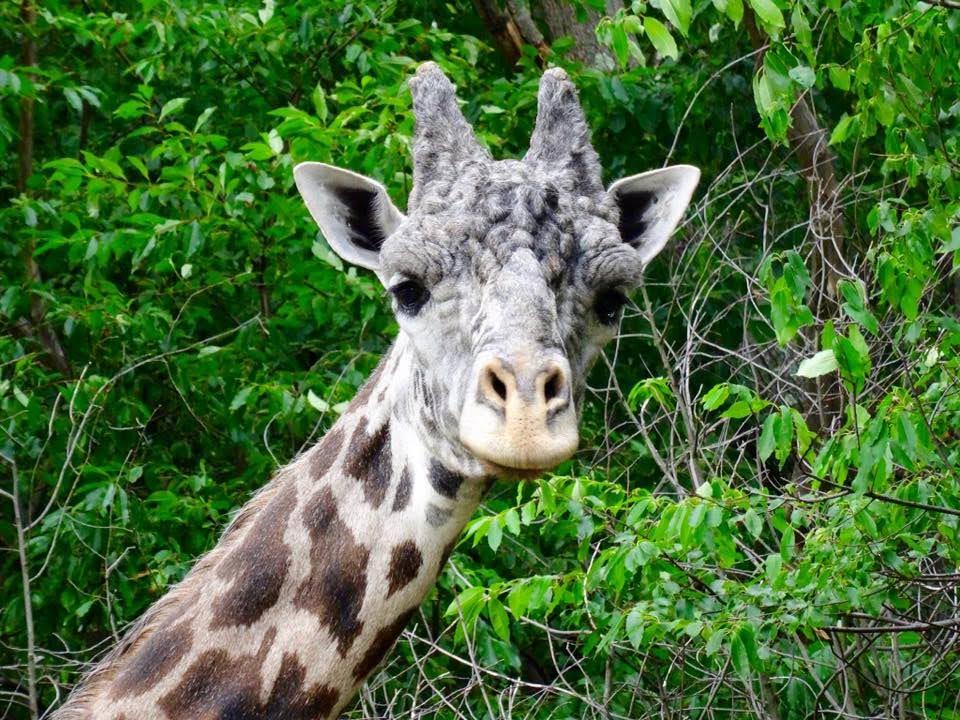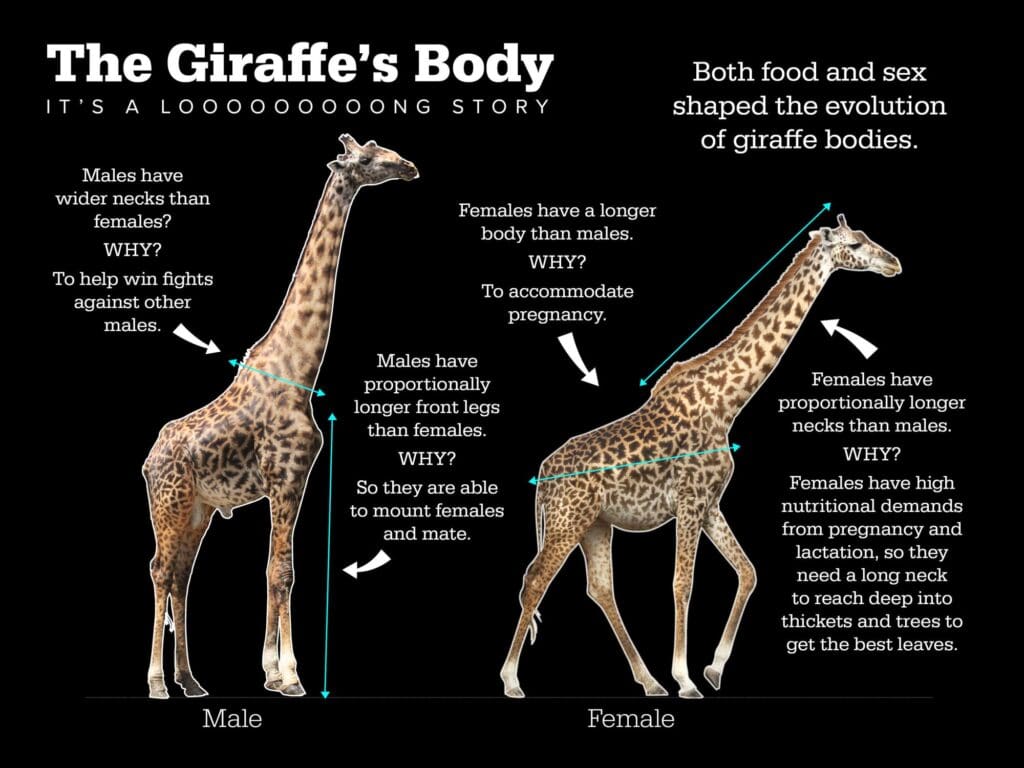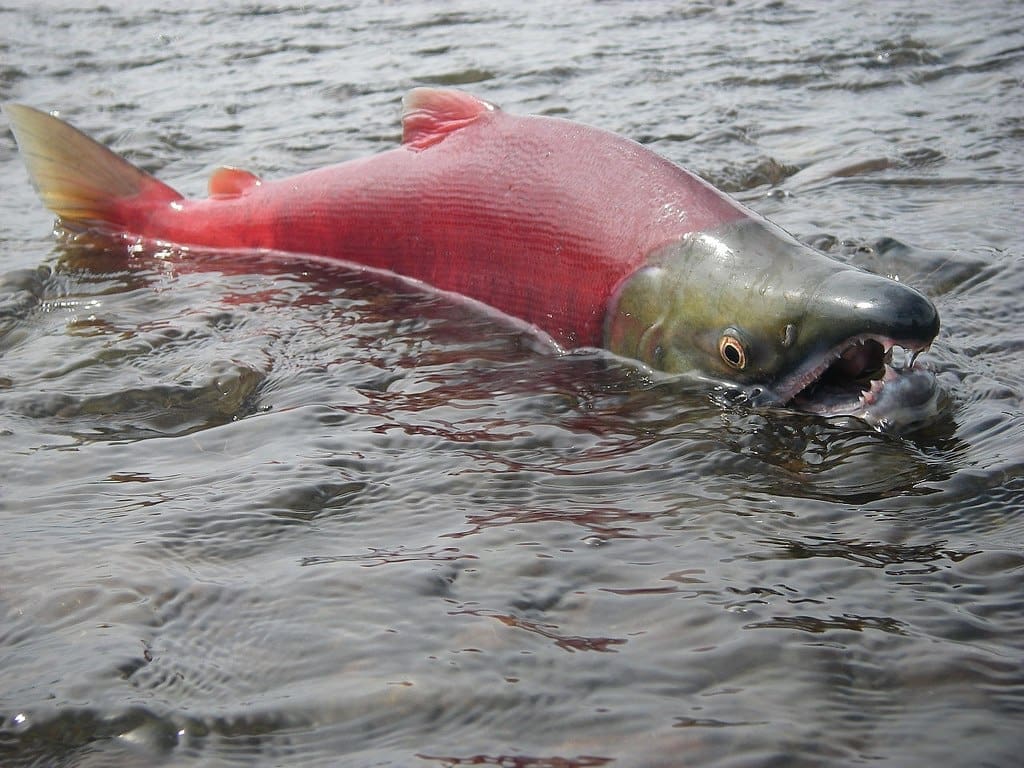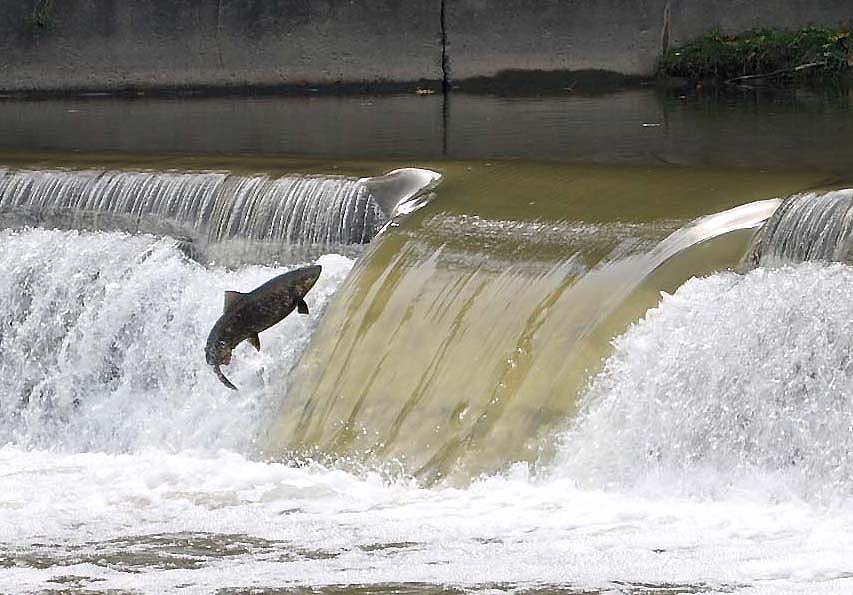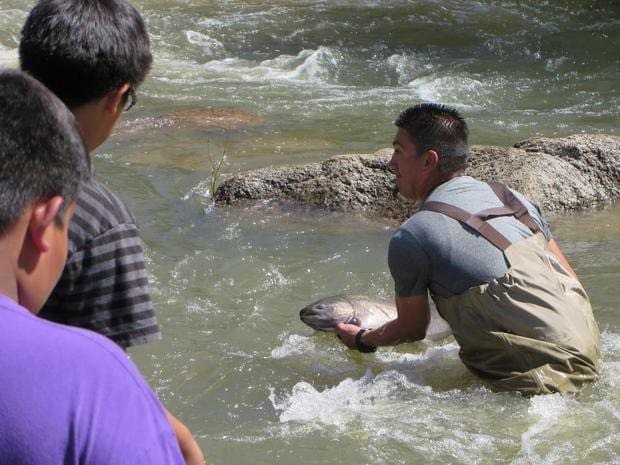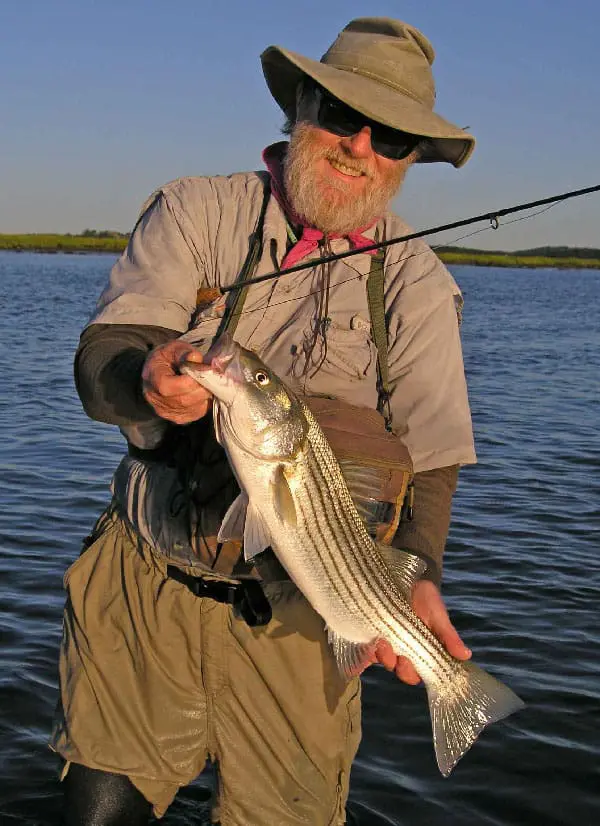What animal was revered and worshipped by ancient American civilizations, whose name means “he who kills with one leap”, and who has the strongest bite force relative to size among the big cats?
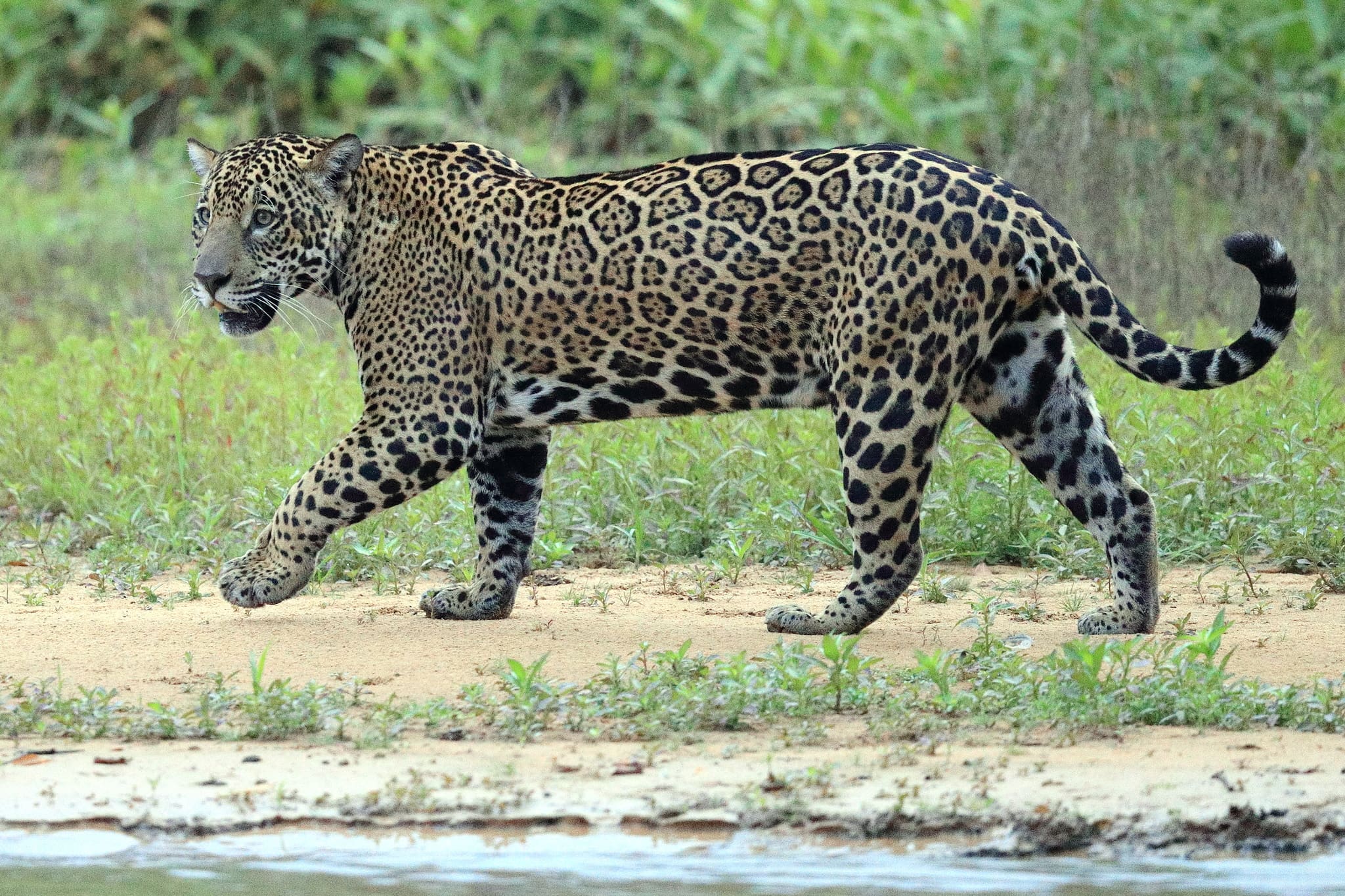
Image Credit: Paul Steeves via iNaturalist (CC-BY-NC)
It was a typical hot and humid day while I was on my lunch break at the Stone Zoo. I was doing my usual photography rounds, scouting out opportunities for taking shots of the zoo’s animals. I came upon the jaguar enclosure to find Seymour, a gorgeous individual seeking relief from the heat underneath a large makeshift shelter. Against the dark confines of his shelter, the afternoon sun cast an incredible glow, highlighting his face. I crouched down to his level and took what I believe to be the best photograph of my “career”. Said photo can be seen further down in this profile, and is responsible for making me appreciate this species of cat all the more–grateful to know that this big cat calls the Americas home.
One Big Cat, and a Lengthy Resumé of Worship and Uniqueness
Scientists categorize the “big cats” based upon two qualities: they belong to the Panthera genus, and they have a specialized two-piece hyoid bone in their throat which allows them to roar. The jaguar is the sole member of the big cat family to reside in the Americas, and the third largest of the big cats after the tiger and lion. Their range extends from the Southwestern United States across Mexico and much of Central America, the Amazon rainforest, and further south to Paraguay and northern Argentina. They are extinct in El Salvador and Uruguay. Within this vast range, jaguars are found in a variety of habitats, including wet and dry forests, savannas, and shrublands. In addition to being strong climbers (unlike the stereotype regarding most cats), jaguars are also powerful swimmers. In fact, jaguars are highly dependent upon large swarths of territory per individual as well as healthy freshwater systems for their survival.
While they may look like the leopards of Africa and Asia, jaguars are distinguished not only by their fondness for water, but their stockier and heavier build, a distinct “blockiness” to the head, and the coat featuring strikingly large rosettes with distinct internal spots.
The name “jaguar” is derived from the Tupi-Guarani word “yaguareté” or “yaguar”, which can translate to “he who kills with one leap” and “true, fierce beast”, among other intimidatingly mighty monikers.
Jaguars were historically worshipped by various civilizations from Mesoamerica down to the Amazon as authoritative and martial symbols, gods, and for having the ability to move between the mortal world and underworld. Today, among some indigenous religions, jaguars are still viewed with high regard, as shown with ritualistic dances, music, and shaman-based practices connected to this powerful feline.
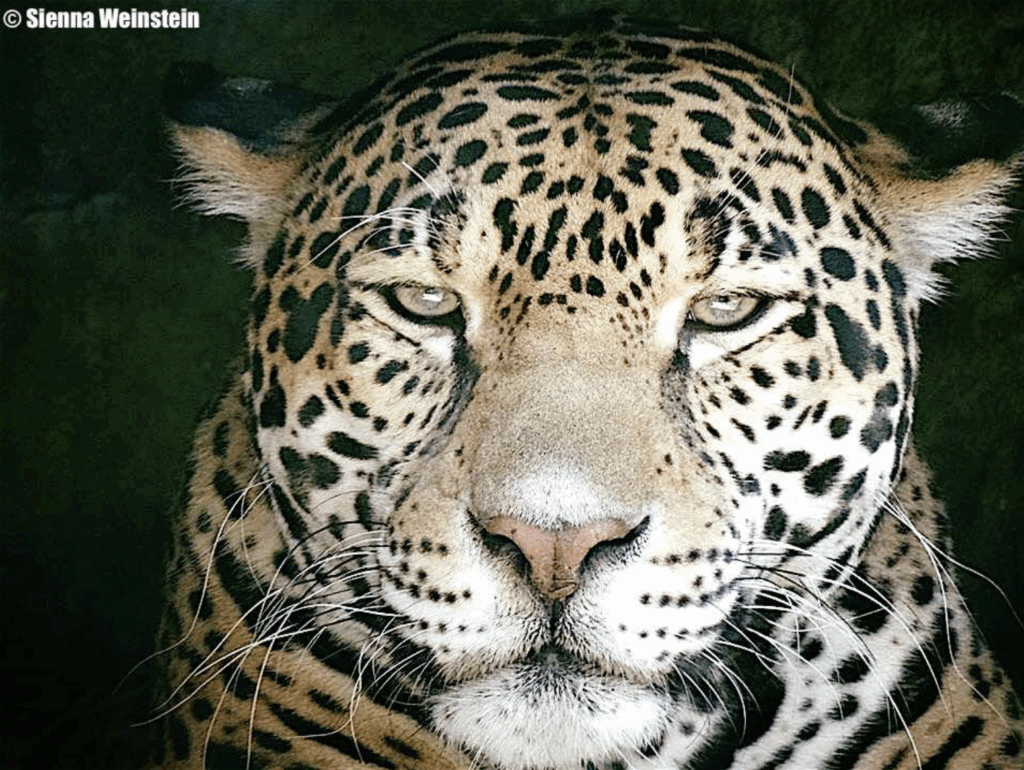
Image credit: Sienna Weinstein
A Powerful Apex Predator Under Threat
Depending upon their habitat, the jaguar’s diet is varied, consisting of numerous mammals, reptiles, and birds. While the bite force of bone-crunching hyenas and Arctic polar bears clocks in at 1,100 and 1,200 pounds per square inch (psi), respectively, that of the jaguar measures 1,500 psi. This power allows the jaguar to crush the shells of turtles and tortoises, and easily pierce through the skin of caimans.
As the top predator in their range, jaguars are classified as a keystone species–one that plays a crucial role in maintaining the health and diversity of their native ecosystems, as their actions significantly impact the environment and other species. By regulating the numbers of prey species, jaguars indirectly influence the abundance and distribution of other species, contributing to the overall richness and stability of the ecosystem. This top-down control has cascading effects, influencing everything from plant life to soil quality.
Despite their status as a keystone species and a cultural icon of the southern Americas, the jaguar is listed as Near Threatened on the IUCN Red List. It is estimated that their populations have decreased by up to 25% over the past few decades. Jaguars face numerous threats to their survival, including habitat loss and fragmentation, competition for prey by human hunters, and human hunting of jaguars for trophies, the illegal body part trade, and retaliation for livestock killing.
Various conservation actions have been implemented in countries where the jaguar is found, including, but not limited to: developing national, regional, and local monitoring programs for jaguars and their prey; monitoring and safeguarding jaguar core populations (aka Jaguar Conservation Units, or JCUs); and finally, understanding and addressing the hunting of jaguars, as well as raising awareness of the laws governing wildlife hunting and the need to adopt sustainable hunting practices.
Luckily, specific conservation plans for jaguars have been developed in Mexico, Panama, Honduras, and Brazil. Only time and plenty of actions will tell whether this unique cat of the Americas will continue to lurk, hunt, and inspire cultural legends for years to come.

Sienna Weinstein is a wildlife photographer, zoologist, and lifelong advocate for the conservation of wildlife across the globe. She earned her B.S. in Zoology from the University of Vermont, followed by a M.S. degree in Environmental Studies with a concentration in Conservation Biology from Antioch University New England. While earning her Bachelor’s degree, Sienna participated in a study abroad program in South Africa and Eswatini (formerly Swaziland), taking part in fieldwork involving species abundance and diversity in the southern African ecosystem. She is also an official member of the Upsilon Tau chapter of the Beta Beta Beta National Biological Honor Society.
Deciding at the end of her academic career that she wanted to grow her natural creativity and hobby of photography into something more, Sienna dedicated herself to the field of wildlife conservation communication as a means to promote the conservation of wildlife. Her photography has been credited by organizations including The Nature Conservancy, Zoo New England, and the Smithsonian’s National Zoo and Conservation Biology Institute. She was also an invited reviewer of an elephant ethology lesson plan for Picture Perfect STEM Lessons (May 2017) by NSTA Press. Along with writing for Bio4Climate, she is also a volunteer writer for the New England Primate Conservancy. In her free time, she enjoys playing video games, watching wildlife documentaries, photographing nature and wildlife, and posting her work on her LinkedIn profile. She hopes to create a more professional portfolio in the near future.

